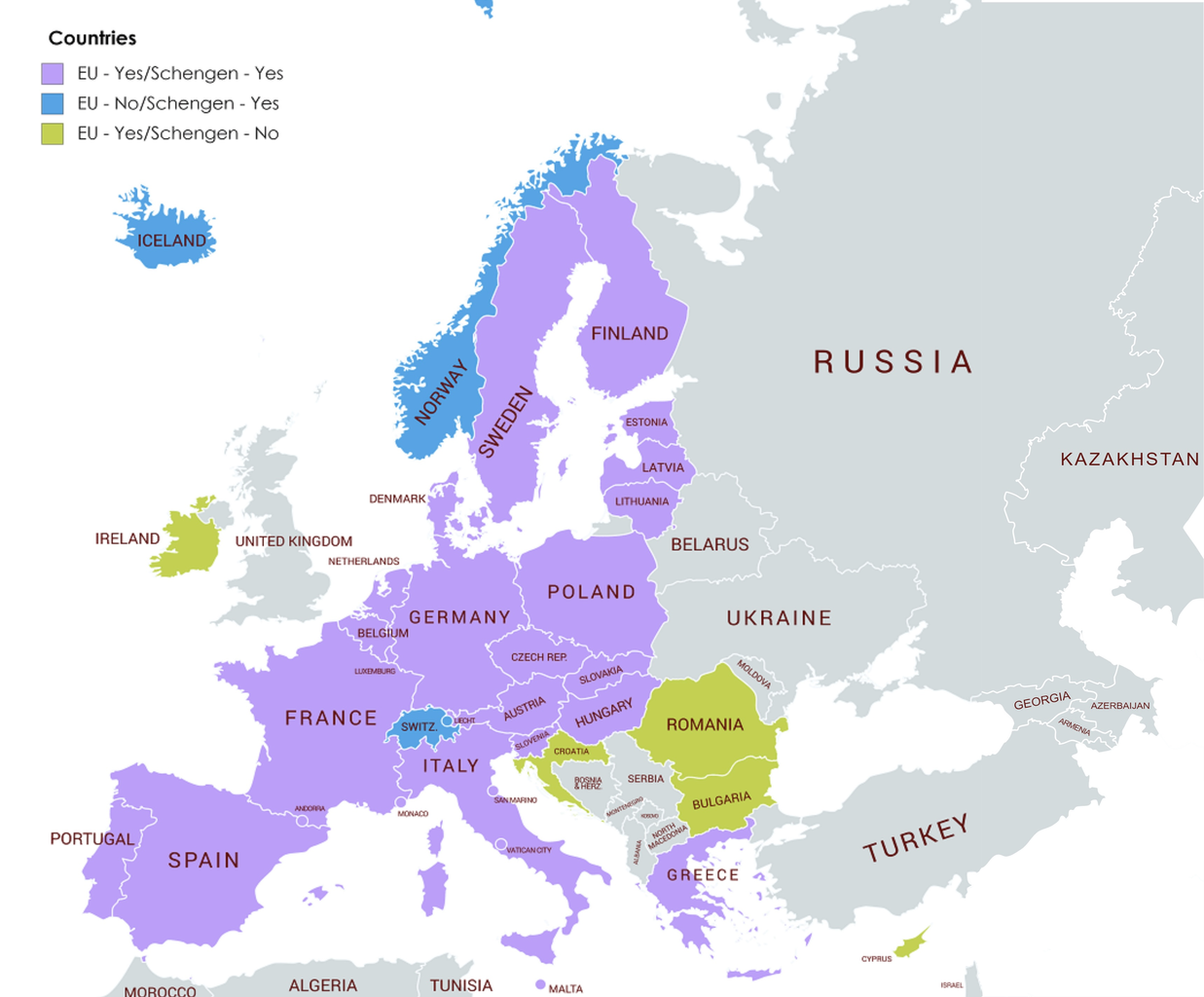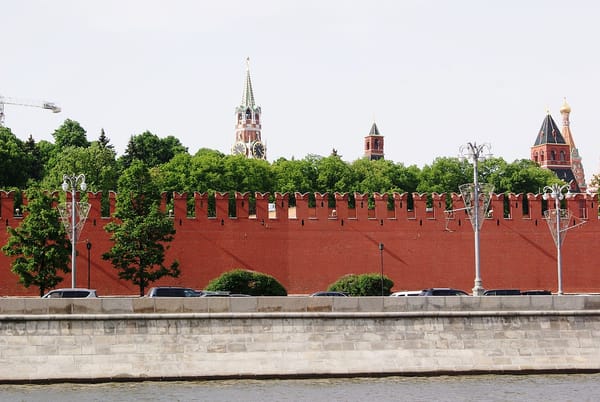
Bulgaria, Romania, partially join Schengen area
After 13 years of knocking on the door, Romania and Bulgaria will join Europe’s Schengen travel zone by March 2024, the European Commission (EC) announced on Monday, 1 January.
The Central and Eastern Europe (CEE) countries struck the agreement to join Schengen by air and sea only after Austria withdrew objections to their accession over concerns regarding illegal migration via the Turkish and Western Balkan routes.
The EC said the European Council unanimously decided to welcome Romania and Bulgaria into the Schengen area, starting with lifting controls at air and sea borders in March. This will boost travel, trade and tourism and further consolidate the internal market, it added.
Full membership possible soon
President of the European Commission Ursula von der Leyen called 1 January “a historic moment” for Bulgaria and Romania. As of March Romanian and Bulgarian citizens “will be able to freely cross internal sea and air borders, without border controls”.
“Congratulations to Bulgaria and Romania: this great achievement is possible thanks to your hard work, commitment and perseverance. Thanks to you the Schengen area will become even stronger to the benefit of all EU citizens,” she added.
Discussions on a date for a possible lifting of the checks on persons at internal land borders will continue in 2024. A decision by the EC is expected within “a reasonable time frame”.
Countries proclaim hard-won victory
Romanian Prime Minister Marcel Ciolacu wrote on Facebook “I am also convinced that in 2024 we will close negotiations on land borders.”
Bulgarian Prime Minister Nikolay Denkov called the negotiations “complicated”, adding that “after 12 years without much progress on Schengen, today we can congratulate ourselves on this indisputable success of Bulgaria.”
Croatia joined Schengen a year ago, angering Romania and Bulgaria. Romania threatened to sue Austria and told its energy company OMV that a joint gas drilling project in the Black Sea would be delayed if no progress on Schengen were made.
For its part, Bulgaria introduced a transit tax on Russian gas that crosses the country, partly to Austria, only to rescind it when Hungary threatened to veto its Schengen accession.
Final steps to join began in 2022
The EC said the two CEE countries’ suitability “was reconfirmed by three fact-finding missions at the Bulgarian and Romanian external borders in 2022 and 2023”. It added that it also launched pilot projects last March “to boost external border management, reinforce cooperation with neighbouring countries and ensure fast asylum and return procedures”.
Measures in the field of security, police and judicial cooperation have been introduced and the Schengen area is now also supported by a new governance model, evaluation mechanism and an annual reporting and monitoring cycle.
Schengen was created in 1985 as an intergovernmental project between France, Germany, Belgium, Netherlands and Luxembourg. Since then it has expanded in seven enlargement stages and become the world’s largest free movement area.
Schengen consists of 27 countries, over 4mn square kilometres, and more than 420mn people. Currently, 23 of the 27 Schengen members are EU members. The memberships of Romania and Bulgaria will see the zone grow to 4.5mn square kilometres and a population of 450mn.





